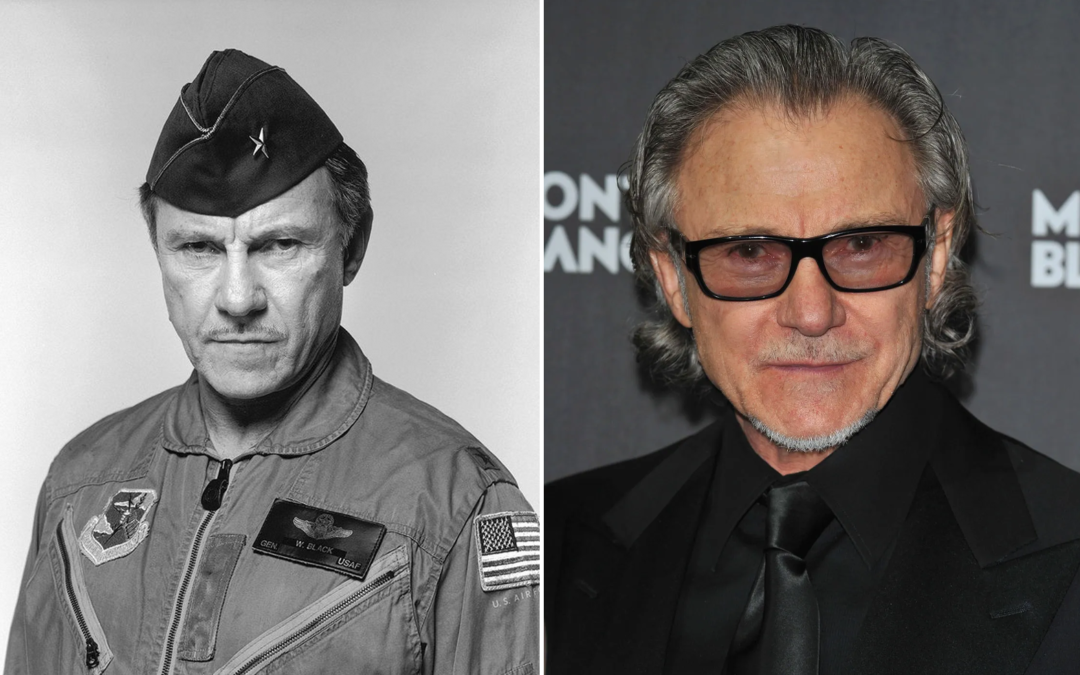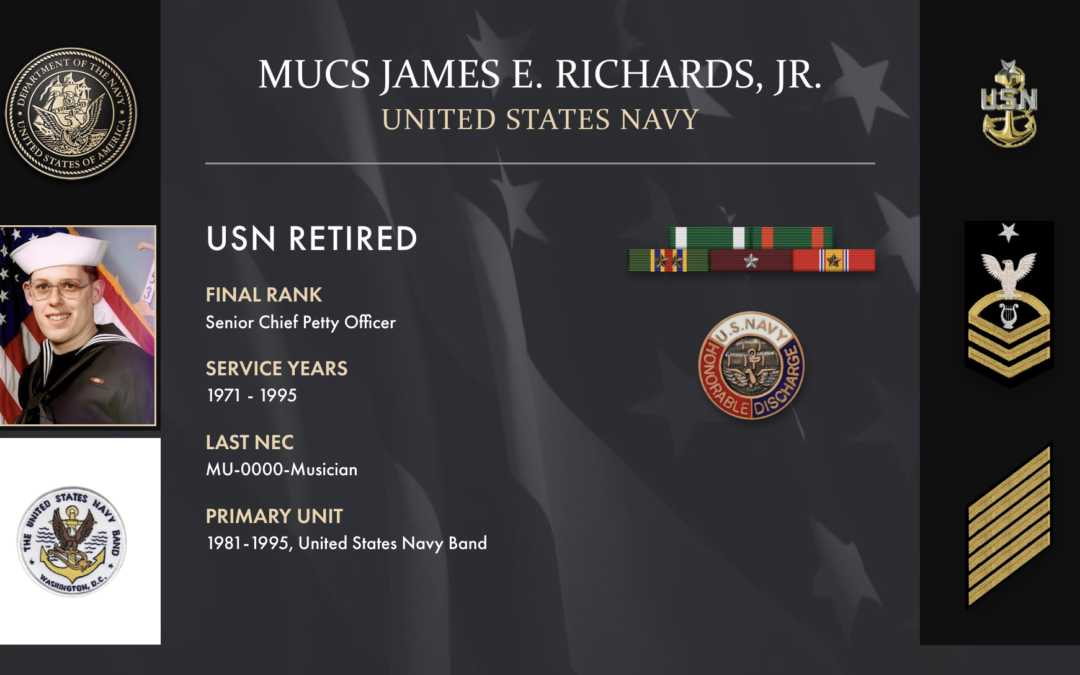These days, Ed Fisher (callsign: “Tuna”) is twice-retired and living with his wife on Washington State’s Whidbey Island. His second career was as a lecturer at the Naval Postgraduate School, from which he retired in 2021. His first career was much more exciting. As Lt. Col. Fisher, he was a U.S. Air Force Wild Weasel Electronic Warfare Officer (EWO), who performed this duty during Operation Desert Storm. “Last In, First Out” is his diary from his days fighting combat missions there.











